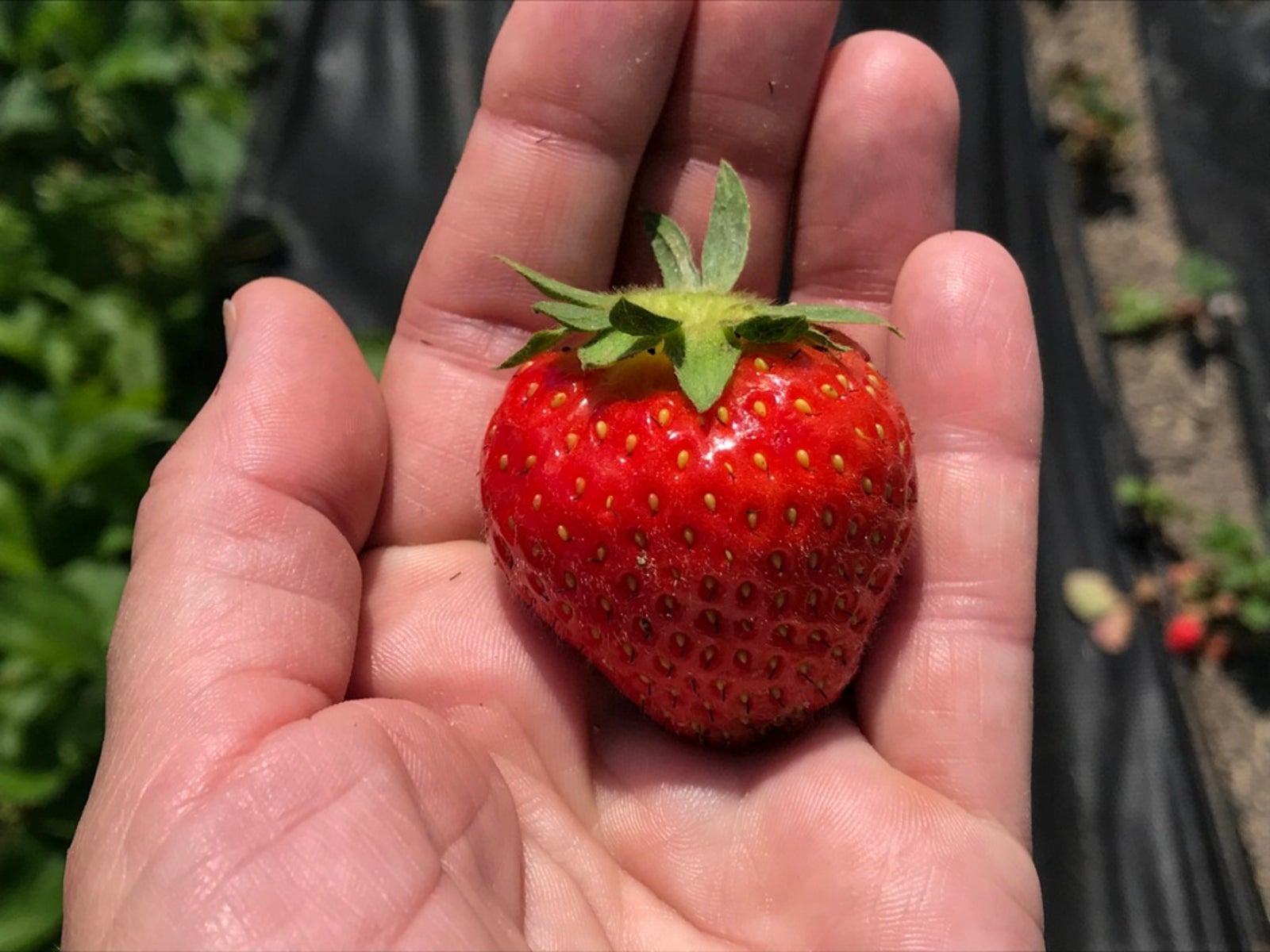Allstar Strawberry Care: Tips For Growing Allstar Strawberries


Who doesn’t love strawberries? Allstar strawberries are hardy, June-bearing strawberries that produce generous harvests of big, juicy, orange-red berries in late spring and early summer. Read on and learn how to grow Allstar strawberry plants and additional Allstar strawberry facts.
Growing Allstar Strawberries
You can grow Allstar strawberries in USDA plant hardiness zones 5-9, and maybe as low as zone 3 with a generous layer of mulch or other protection during the winter. Allstar strawberries aren’t grown commercially because the delicate skin makes shipping difficult, but they’re ideal for home gardens. Allstar strawberries need a location with full sunlight and moist, well-draining soil. If your soil drains poorly, consider planting strawberries in a raised garden or container. Work a generous amount of compost or well-rotted manure into the top 6 inches (15 cm.) of the soil before planting, then rake the area smooth. Dig a hole for each plant, allowing about 18 inches (45.5 cm.) between them. Make the hole about 6 inches (15 cm.) deep, then form a 5-inch (12.5 cm.) mound of soil in the center. Place each plant in a hole with the roots evenly spread over the mound, then pat the soil around the roots. Ensure the crown of the plant is even with the surface of the soil. Spread a light layer of mulch around the plants. Cover newly planted strawberries with straw if a hard frost is expected.
Allstar Strawberry Care
Remove blossoms and runners in the first year to increase production in subsequent years. Water regularly to keep the soil moist throughout the growing season. Strawberries generally need about 1 inch (2.5 cm.) per week, and maybe a little more during hot, dry weather. Plants also benefit from extra moisture, up to 2 inches (5 cm.) per week during fruiting. Harvesting Allstar strawberries is best done in the morning when the air is cool. Be sure the berries are ripe; strawberries don’t continue to ripen once picked. Protect Allstar strawberry plants with plastic netting if birds are a problem. Watch for slugs too. Treat the pests with standard or non-toxic slug bait or diatomaceous earth. You can also try beer traps or other homemade solutions. Cover the plants with 2 to 3 inches (5-7.5 cm.) of straw, pine needles, or other loose mulch during the winter.
Sign up for the Gardening Know How newsletter today and receive a free copy of our e-book "How to Grow Delicious Tomatoes".

A Credentialed Garden Writer, Mary H. Dyer was with Gardening Know How in the very beginning, publishing articles as early as 2007.